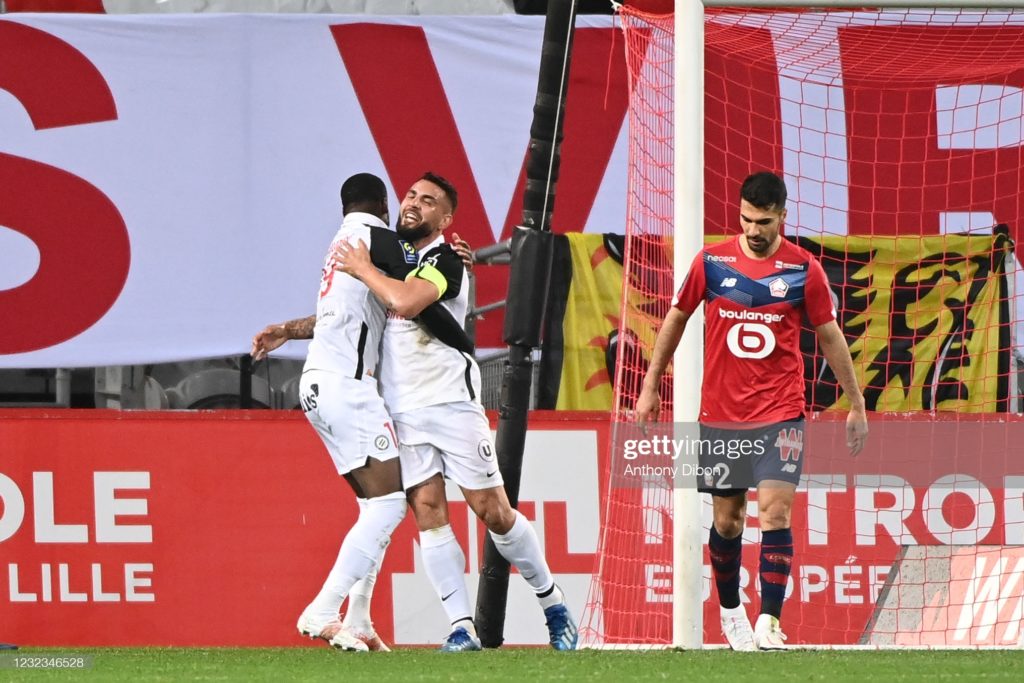Argentina is not poor when it comes to economic crises. But no crisis has so far gone deeper than that of 2001/2002, in the wake of which the Fábricas Recuperadas movement emerged, in which the workers seized fallow or abandoned companies in order to run them on their own.
Argentina has been stumbling through a severe recession for several years since 1998. Growth stagnated, the peso was legally pegged to the dollar, which made it impossible to improve competitiveness on the world market by means of devaluation. There followed savings package after savings package. These led deeper and deeper into the crisis.
After the International Monetary Fund (IMF) failed to disburse another loan tranche in December 2001, this triggered Argentina’s insolvency. The government of the social-liberal Fernando de la Rúa resorted to an emergency policy: in December 2001, in order to curb the flight of capital, it ordered bank balances to be frozen. Millions of Argentine savers lost large parts of their credit. The dramatic Christmas days will not be forgotten, when more than half of the Argentine population slipped into poverty and the slogan “Que se vayan todos” (they should all run away) was thrown at the political class on the streets.
Interim President Adolfo Rodríguez Sáa announced after de la Rúa’s resignation in the last week of December 2001 that debt servicing would be suspended. At the time, the country was in the chalk with creditors around the world with more than $ 100 billion. At the beginning of 2002 the new president Eduardo Duhalde lifted the peg of the national currency peso to the dollar, which had been stipulated by law since 1991 and which had driven significant parts of the domestic export economy to ruin due to the successively rising overvaluation.
Within a few days, five presidents took over the door of the Casa Rosada. Only after Néstor Kirchner took over government in May 2003 did the situation calm down again.
The seeds for the deep crisis of 2001/2002 were laid by the predecessors of de la Rúa. During the last military dictatorship from 1976 to 1983, the Minister for Economic Affairs, José Alfredo Martínez de Hoz, relied on deregulation and liberalization and increased foreign debt. In 1976 the national debt was nine billion US dollars, seven years later it reached 46 billion US dollars. Deindustrialization also began among the military, who used an overvalued exchange rate to make purchases of weapons cheaper and to make industrial exports from Argentina more difficult.
Carlos Menem (1989-99) in particular continued to turn the spiral of liberalization and deregulation. The import duties were minimized; Corporate profits were taxed lower than in the US; VAT, which everyone pays, has been massively increased. In 2001/2002 the frustration over the impoverishment discharged on the street.
The current center-left government is meanwhile busy, among other things, rescheduling the 44 billion dollar loan from the IMF, which the neoliberal previous government of Mauricio Macri had taken out, as socially acceptable as possible. Because Argentina – exacerbated by the corona pandemic – is now deep in crisis again.
– .

